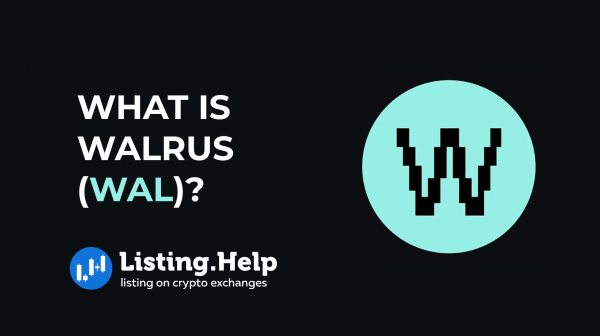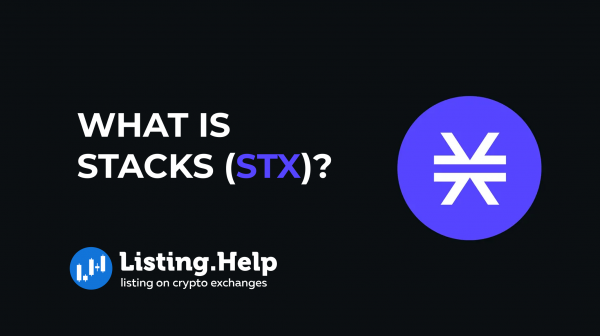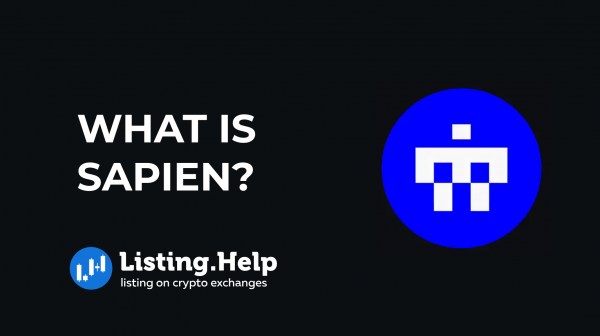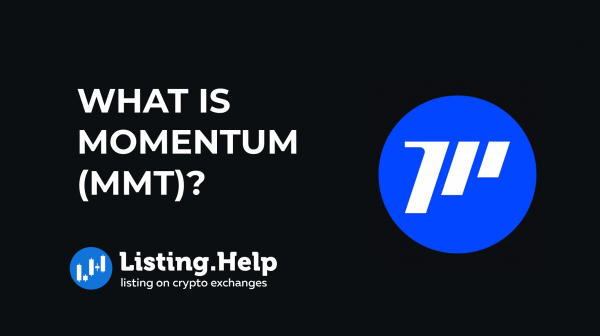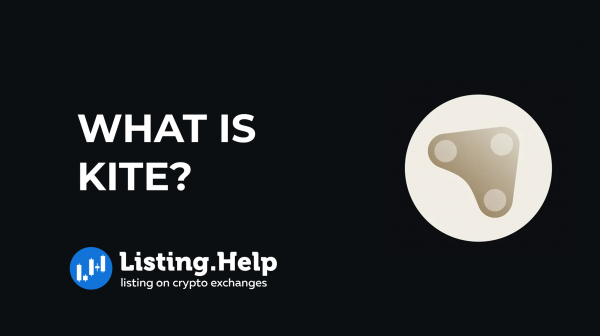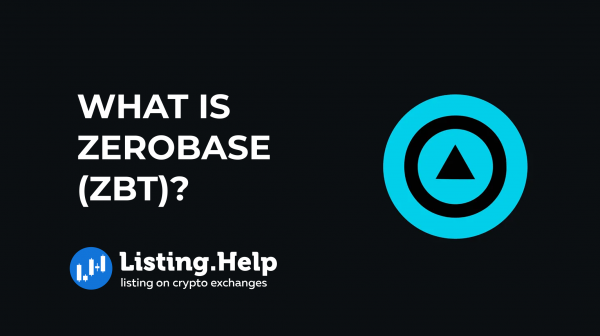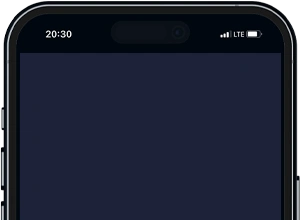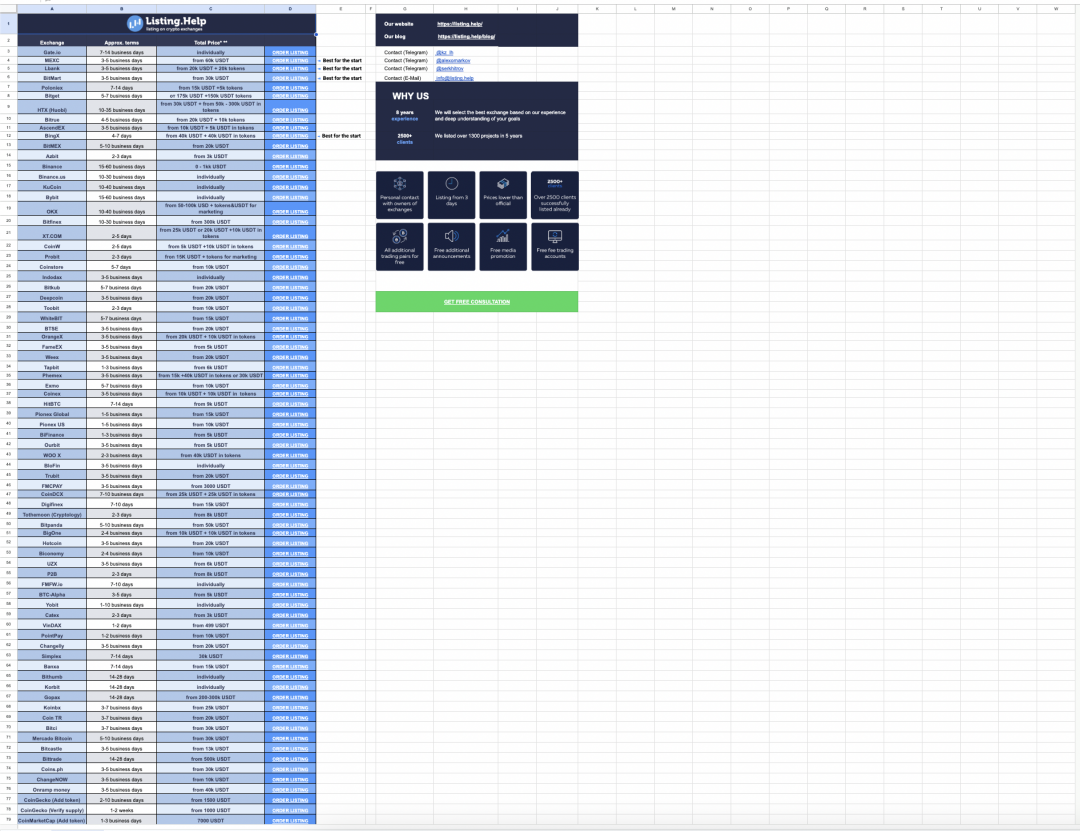How to List Token or Coin on Bitget
 September 21, 2025
September 21, 2025 Updated: September 22 2025, 11:33
Updated: September 22 2025, 11:33
LEAVE A REQUEST
Launching your own token project? Our experts are ready to help with listing on exchanges, market making, marketing and other solutions
SUBMIT APPLICATIONChoosing a platform for token listing is not as easy as it may seem at first glance. Some exchanges impose overly strict requirements on projects, while others have low traffic and poor technical support. Still others do not have the best reputation. Today, we will look at how to list a token on one of the largest and most trusted crypto exchanges, Bitget. We will discuss the listing variants, the necessary documents, all stages of Bitget listing, and common mistakes. Let’s get started!
What is Bitget

Bitget is one of the top 10 exchanges in the CoinMarketCap ranking. It has over 100 million registered users, 3.6 million weekly visitors, and a daily trading volume of more than $4 billion. The exchange focuses on derivatives and spot instruments, as well as social trading. Currently, over 800 coins are listed on it.
The exchange is attractive for new projects because it provides access to a multi-million audience of traders, has good liquidity, and operates without technical issues. Bitget actively cooperates with new projects and has a flexible approach.
Listing on Bitget
There are several listing variants on Bitget:
- Direct spot listing. This is the classic format, where you submit a listing application to Bitget, and the team reviews your project. It involves several steps: filling out an official listing form, undergoing due diligence, providing comprehensive information about the product, token, and audit, negotiating listing terms and dates, and finally integrating the token. This option is suitable for both startups and mature crypto projects.
- Listing via Bitget Launchpad / Bitget Launchpool. This option is suitable for projects aiming to expand their reach and attract more participants at the start of trading. This option is ideal if your project already has a community but its reach is not that large, if you have a vesting model with gradual token unlocking, or if you are planning to launch a robust marketing campaign. Thus, placing a token through Launchpad/Launchpool enhances the listing effect and attracts greater reach compared to traditional listing.
What the Bitget team checks
Before applying, it is essential to understand the requirements for listing on Bitget. The most important criteria during verification are:
- Legal compliance of documents. The project must comply with the requirements of regulators in its jurisdiction.
- Transparent tokenomics. It must specify the utility of the token, the vesting schedule, and the allocation description. The distribution must be fair among all participants, and the tokenomics must be clear and answer all questions.
- The token must pass a smart contract audit for listing. Your smart contract must be tested and verified by one of the reputable audit companies. This is an essential point that many beginners neglect, but an audit is mandatory for listing on most crypto exchanges, including Bitget.
- MVP or finished product. It is important to prove to the team that you are working on the product (if it is included in your project) and demonstrate its functionality.
- The exchange will review your marketing plan for promoting the project. The plan is needed both before and after listing.
- You must provide a liquidity plan for listing, describing how trading will be ensured.
- The project team and its background are also an important link. Exchanges and investors do not like anonymous teams, so it is good practice to disclose your team and its background to make the project more transparent.
Preparing the document package
Before submitting a listing application to Bitget, it is important to prepare the following documents:
| Document | Why is it needed | What the exchange checks |
| Whitepaper / One-pager | The document describes the project, its goal, and mission in detail. | A detailed description, a competent structure, and the uniqueness of the project idea. |
| Tokenomics | Description of the utility token, vesting, and allocation | Transparency, fairness of token distribution, and protection against dumping |
| Smart contract and its audit | Confirms the security of the token | Is the smart contract reliable? |
| Legal documents | Shows the legality of the business | Presence of risks and compliance with regulatory requirements |
| Project and community metrics | Confirms interest in the project and its prospects | Number of users in the community, project TVL, daily active users (DAU), and monthly active users (MAU) |
| Liquidity plan | Shows the plan for ensuring liquidity during trading | Presence of a market maker, pools, and financial reserves |
| Marketing plan | Shows future activities before and after listing that will be aimed at attracting attention and a new audience to the project | Planned publications in the media, with influencers, and the scale of marketing activities |
| Brand assets | Visual components of the project | Logos, banners, and overall style of the project |
| Contact person | For communication with the project team | Prompt responses and transparency |
Step-by-step instructions for submitting an application
Ensure that you have gathered all the necessary documents. Once the documents are ready, you can proceed with the Bitget listing application. To do so, visit the official website and begin filling out the form.

The application requires basic information about the project, including name, social media links, prior listings on other platforms, contact information, and due diligence documents.

After completing the application, wait for feedback from Bitget. The verification process can take from 3 weeks to several months if the team has additional questions. Upon request, make corrections and provide additional documents that the exchange deems necessary.
Once the listing application is approved, the technical integration of the token onto the platform will begin. The technical team will review the smart contract, and trading parameters, then verify and add the token to Bitget.
The next stage will be the approval of the liquidity plan. It is important to determine the source of liquidity and volume in advance and agree on the details with Bitget. It will also be necessary to prepare and decide on a marketing plan and the format of exchange support in advance: this could be a listing announcement on social media, trading activities, or an airdrop. It is important to focus users’ attention on the listing and tell as broad an audience as possible about it.
Prepare in advance for post-listing support of the token: track trading volumes, marketing effectiveness, and KPI performance. The exchange needs to show that you do not plan to reduce marketing activity after listing. You must continue to build the product and implement your marketing plan.
Common mistakes and how to avoid them
Many novice teams encountering token listing for the first time make the same mistakes. These are easy to avoid if you know about them in advance. Typical mistakes include:
- Lack of a smart contract audit. Without it, the project is likely to be rejected.
- Incomplete tokenomics does not provide a clear understanding of the token’s fundamental characteristics. If the tokenomics leaves unanswered questions after reading, this may be a reason for rejection of the listing.
- Incomplete documentation. If you have provided basic documents, this may increase the chances of your application being rejected.
- Failure to provide a liquidity plan. This is an important point that ensures trading stability, and the exchange wants to understand how this stability will be ensured.
- The project’s KPIs must be accurate and clear. Cliché answers are not allowed here. Providing template vague answers in the application may result in a listing refusal.
- All dates must be agreed in advance. You must discuss the token launch date and marketing activity dates. This will help avoid misunderstandings and start trading on time.
If you have doubts about listing on your own and are unsure of your abilities or lack experience, we recommend contacting Listing.Help, a listing agency that helps with all stages of listing. We help identify weaknesses before applying and correcting them. For example, we can identify non-obvious problems with tokenomics or liquidity plans. We can also build the project’s positioning.
We have direct contacts with exchanges, including Bitget, so we go through the listing process on average 5 times faster than when applying on your own. After listing, our support does not end. We assist with implementing the marketing plan and market making, provide listing on trackers (CoinMarketCap/CoinGecko), optimize processes.
If you still have questions, request a free consultation, and we will answer all your questions, develop a work plan, and assess your chances of listing on Bitget.
Conclusion
Listing a token on Bitget is a complex process, but it offers excellent opportunities for crypto projects. The exchange is loyal to new projects, but preparing for token listing will still require significant time and effort.
Start preparing your application in advance so that you have plenty of time to prepare all the necessary documents and the project itself for listing. Be honest not only with the exchange team, but also with your audience. Write a clear and transparent tokenomics, whitepaper, and roadmap. Pass a security audit and prepare the necessary legal documents. Encourage the community to stay active through engaging giveaways and thought-provoking discussions on various topics. Answer questions from the audience in comments and AMA sessions.
And if you want to list your token on Bitget in the near future but are not sure of your abilities, we recommend contacting the listing agency Listing.Help for help. Sign up for a free consultation, and we will draw up a plan and answer your questions. Good luck with your listing!

For more insights and updates on the crypto world, don’t forget to check out our blog at Listing.Help.




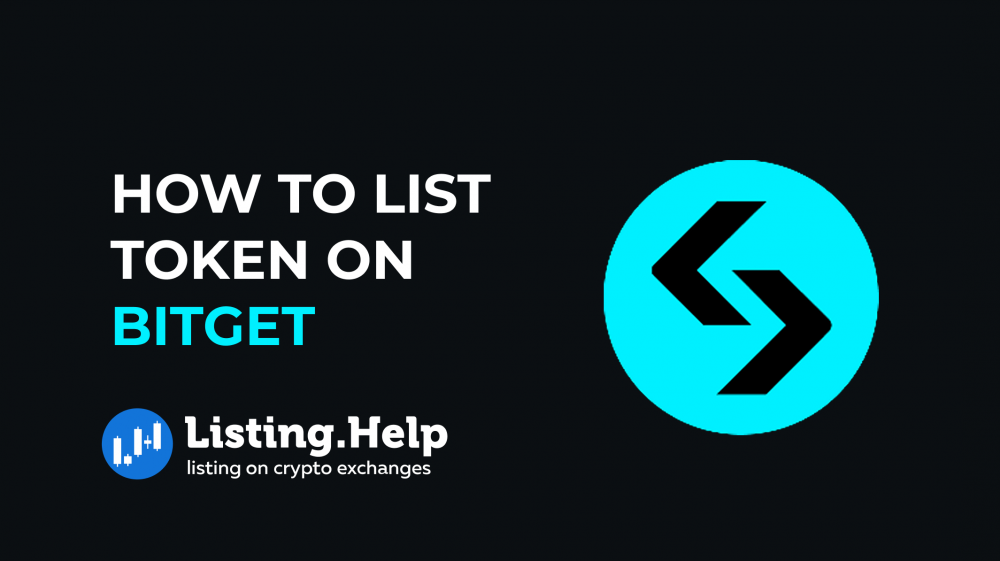


 December 22, 2025
December 22, 2025 